I wonder if Socrates and Plato took a house in Crete during the summer.
woody allen
After visiting this amazing island I would not doubt it for a minute if they did. It is an island of beauty and inspiration. Book your time there, but know you will need double whatever amount you’ve booked. The island unfolds more and greater aspects the longer you spend on it. Dive into history and/or the current music and dance culture.
Disclosure: Some links on our site are affiliate links. If you purchase a linked item, we will make a commission, at no extra charge to you.

Get to Know Crete
- Crete’s history precedes the ancient Minoan civilization by more than four millennia.
- Stone tools dating 130,000 years old were discovered on the island.
- Crete offers a rich history of Greek Mythology.
- Home to Europe’s last Leper colony (1903-57).
- Offers the clearest coastline in Europe. The water is so clear that you can view it 40-meters down.
- Heraklion (capital of Crete) is home to Greece’s second-largest wine-producing zone.
- Hippocrates said the island’s air does miracles and heals the sick.
The birthplace of Zeus offers a deep history for Greek Mythology lovers. Legend has it, Zeus, the father of Greek Mythological Gods was hidden on Mt Ida by his mother. She placed him in hiding because his father, Cronos wanted to eat him. Raised by mythical nymphs Zeus went on to be the father of Greek Gods.
The legends of Crete do not end there. Dangerous animals do not exist on the island. Legend has it that Hercules executed them all in honor of his father, Zeus.
The legend of Icarus took place on Crete. According to the myth, the son of Daedalus, Icarus, wanted to conquer the sky. He made beautiful wings of feathers and wax. As he took flight, he ventured too close to the sun, melting his wax, destroying his wings and falling to his death. (I would’ve chosen to stay on the beautiful island of Crete.)
In a merging of history, mythology, and art the story of the Minotaur originates on Crete. The labyrinth below the Palace of Knossos is home to the half man and half bull. When Poseidon sent King Minos a snow-white bull to sacrifice, King Minos decided to keep the bull. In his anger Poseidon made the queen fall in love with the bull. Her offspring is the Minotaur. Left to lurk below the palace waiting to attack victims. Legend has it no one left alive.
Although no evidence of the labyrinth was found the Palace of Knossos is a fun tour. Wander the ruins. View the artwork. Stand in the location a prominent Greek myth was born.
Tips while on Crete
- Try the Raki (clear alcohol). Raki dates back to Ancient Crete. It is a symbol of hospitality and culture originating in the Turkish history of Crete. Served after meals.
- Try the olive oil! The average Cretan consumes up to 30 liters of olive oil a year (in comparison to 1 liter for the average person). They know olive oil!
After our tour of the Palace of Knossos, we took a walk with our Cretan guide, Vasilis. We walked through the streets while he gave us an “official” history, as well as, his stories of growing up on Crete.
The Venetian harbor of Heraklion holds the fortress of Koules. Much of Crete’s history originates in the natural bay of Heraklion. The first major port constructions began with the Arabs in the 9th -10th century. They used Heraklion as a base for their pirate raids. During the Venetian era, the port had more activity than any other port with the largest exports. The entrance was blocked each night with a heavy metal chain.
Must-See while Visiting Crete
- Palace of Knossos
- Raki distiller
- Cathedral of Saint Minas
- Koules Fort (medieval fortress)
- Archeological Museum
Crete’s involvement with World War II offered a favorite part of our walking tour. The United Kingdom guaranteed the island military aid because Crete could be used to defend Egypt and the Suez Canal (route to India). The Battle of Crete lasted ten days in May of 1941 before Crete fell to the Germans. The battle began with the first major air assault in history. The Third Reich launched their invasion under the code name “Operation Mercury.”
The air assault remnants can be seen to this day. The unexploded bomb stands outside the Cathedral of Saint Minas. Making your way through what must be the meeting point for every pigeon in Europe you will see the bomb next to the wall of the church. Germany launched it as many Cretans took shelter in the church. The miracle of the unexploded bomb is shared by many Cretans. (Make sure you step inside to see the amazing artwork the cathedral offers.)

By late 1944, German forces were withdrawing from Greece. On May 9, 1945, the German Commander signed an unconditional surrender at the Villa Ariadne (Knossos) and Crete returned to Greece.
If you love Greek Mythology this is a must-see! So many of the stories originated here. I guess you could say they all originated here since it is the birthplace of Zeus. (This is a piece I studied in college. I got to see it in Crete.)
Angela M Diloreto
.

I love WWII history and the stories our tour guide told us of the Battle for Crete were amazing. His grandfather was one of the many civilians that took part in the defense of the island and as he took us around the streets and spoke of the battle, you could feel the emotion in his words. I could almost see the defenders moving between the buildings and down the cobblestone streets.
Vince DiLoreto
Getting to Crete
We took a cruise, but the island has flights daily.
Tips for your Trip
- As with anywhere, Europe wear comfortable shoes.
- Read up on Greek mythology.

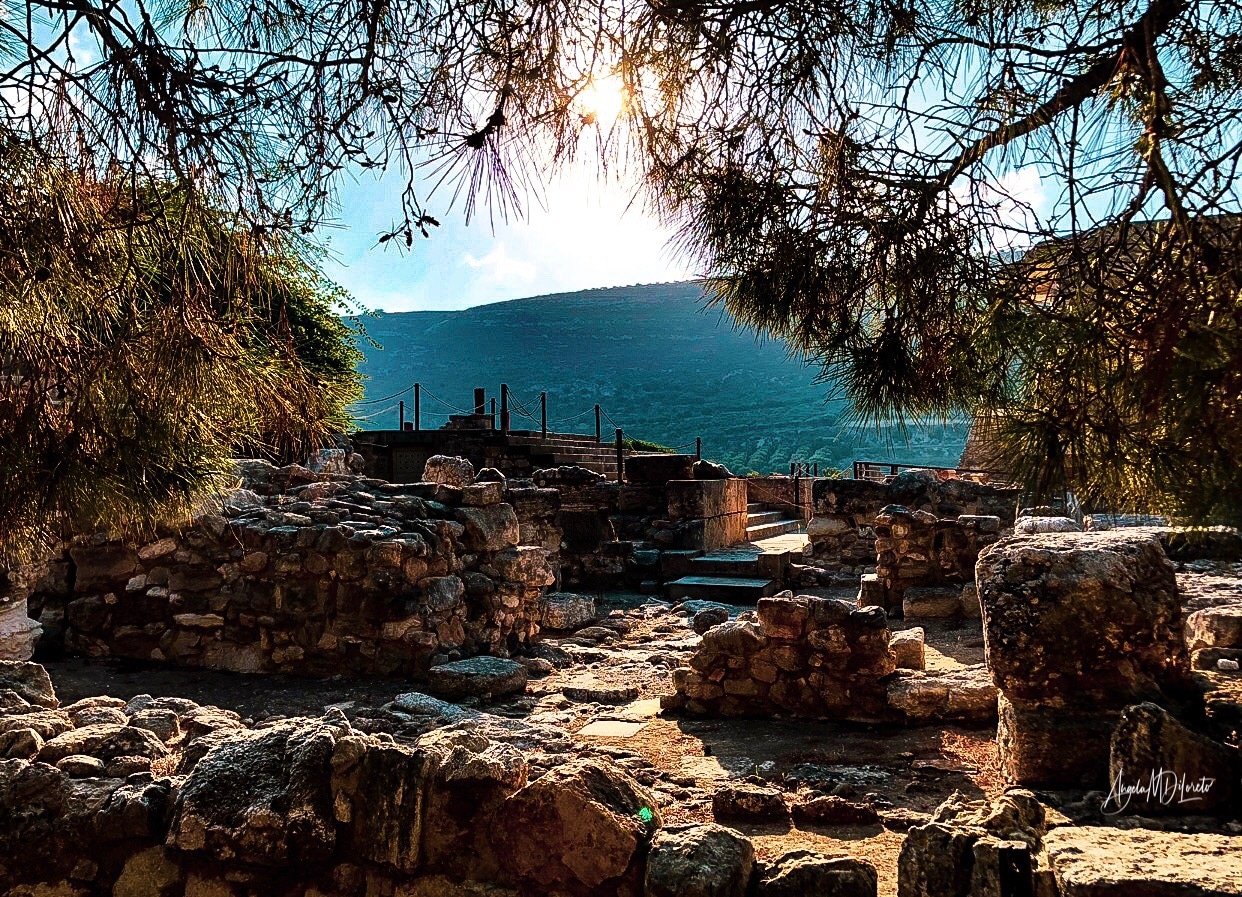

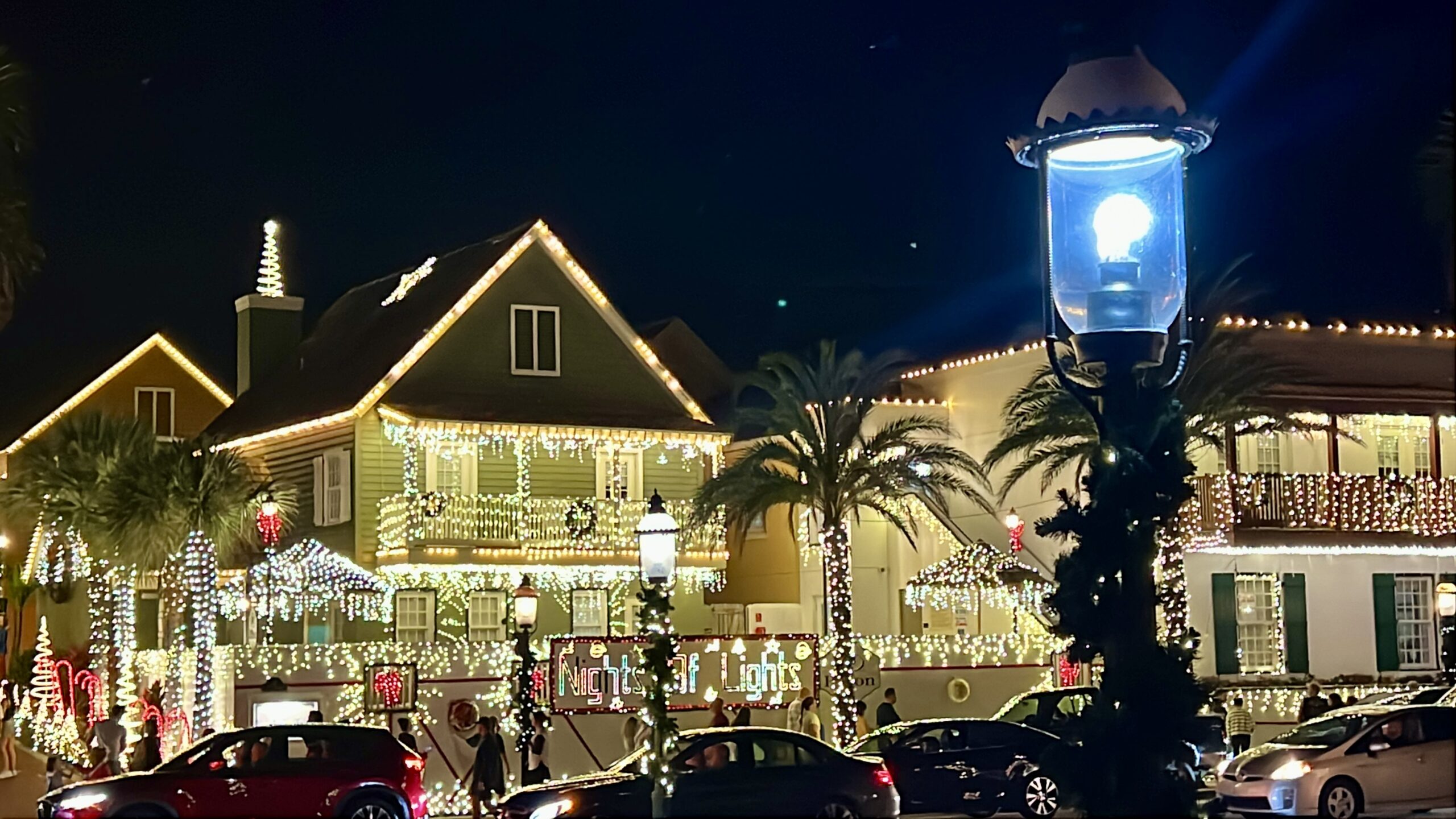
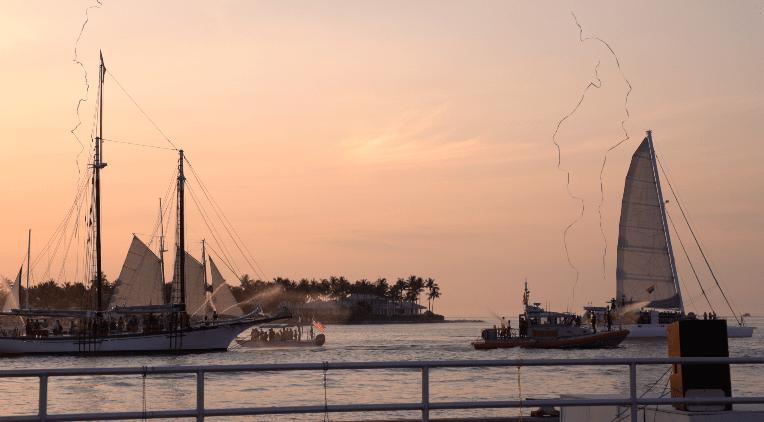
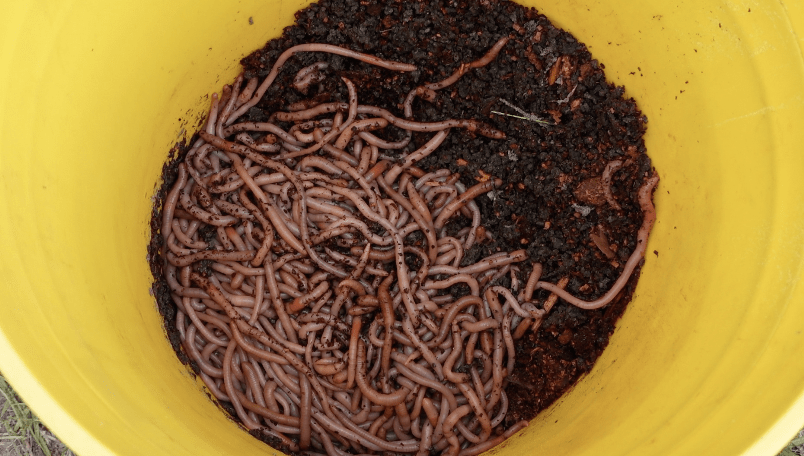

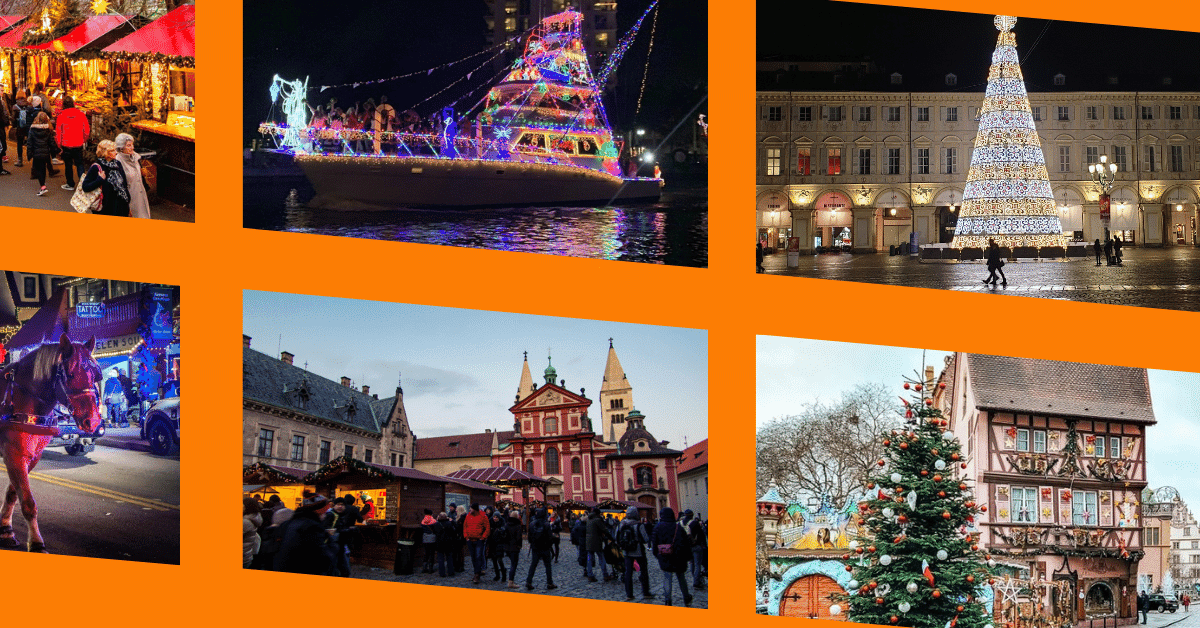

Comments are closed.